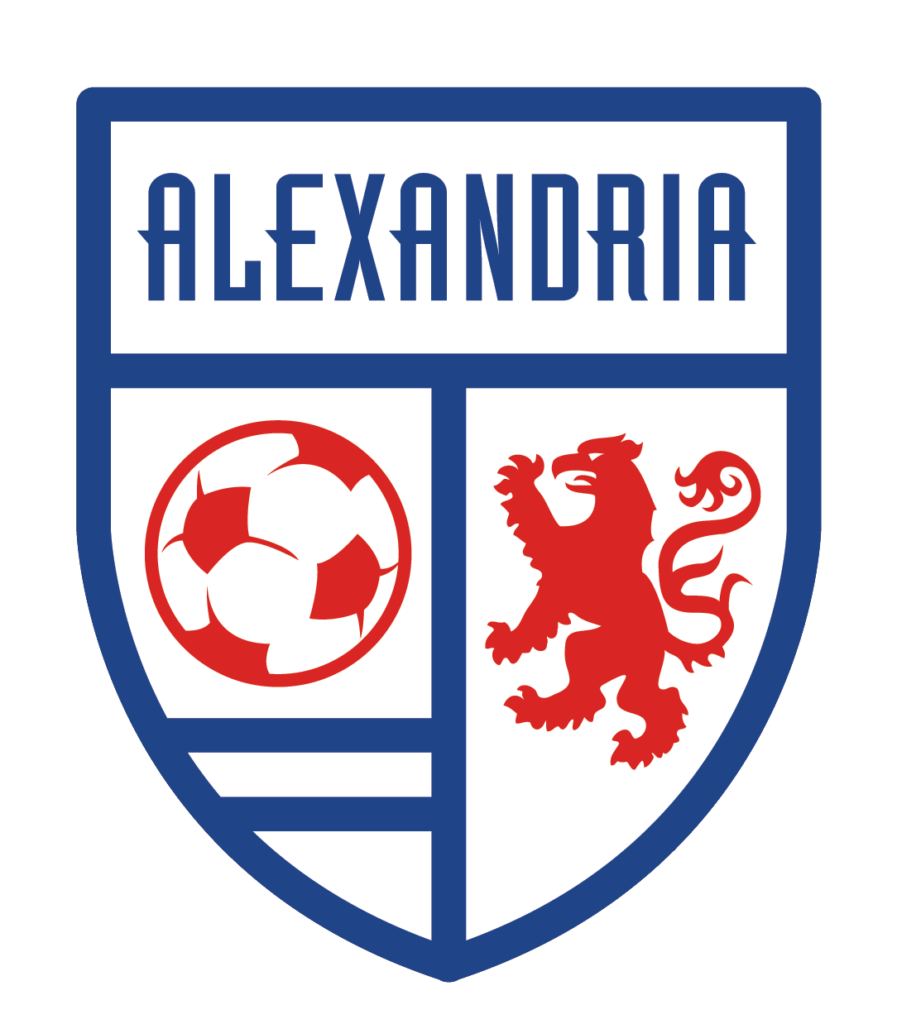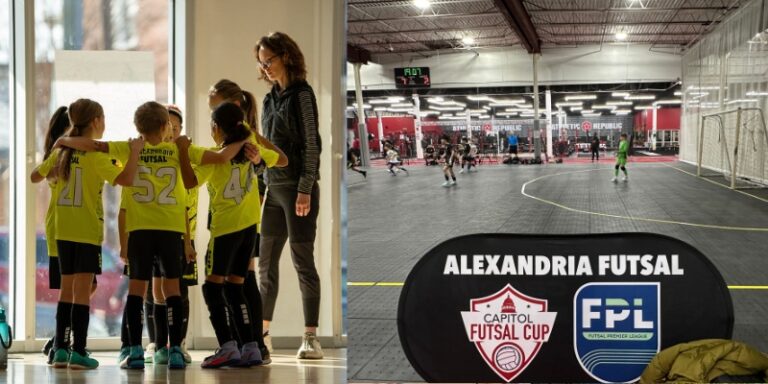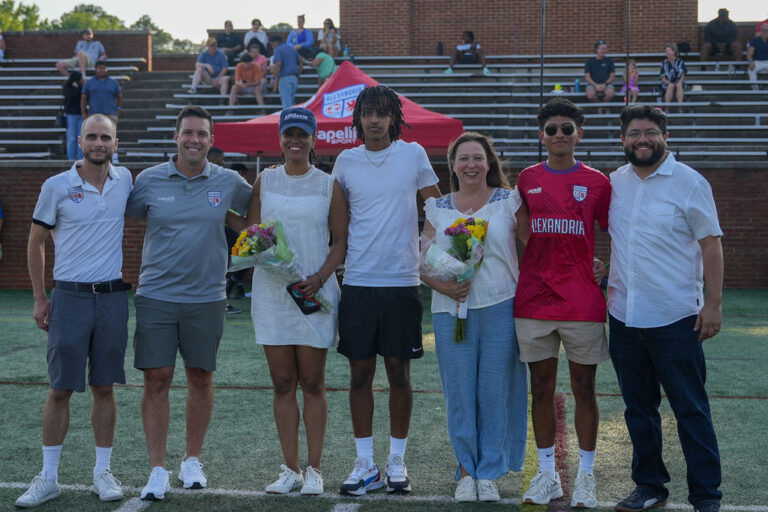by Jennifer Schwartz, Alexandria Soccer Injury Prevention & Fitness
Soccer players talk a lot about their hamstrings and hip flexibility. In reality, the muscles in the ankles and calves are working the hardest during the motions of soccer. In other words, the ankles and feet are completely taken for granted in our sport.
During a match, players only touch the ball 2–3% of the entire game. When I start team fitness sessions I remind the players that the physical side of the game makes up about 98% of the 90 minutes (running, sprinting, speed, and endurance). Therefore this is where most of an athlete’s fuel is used. If the muscles are better at performing all of those functions, more fuel can be used for decisions and executing decisions, hence the stronger player can also be the smartest player.
Going forward you will want to do these 3 things to ensure you are helping the muscles that serve a lot of purpose in all aspects of the physical game:
- Purchase cleats that work with the shape of the foot
- Perform isometric bodyweight exercises for the foot muscles
- Perform resistance based exercises for the ankles

I’m biased towards this view. The experience of strengthening and rehabilitating my own feet and ankles has insurmountably influenced my broken knees in a positive way (both of my ACL ligaments are torn). I’ve also worked closely on a cleat design for injury prevention. I see potential in strengthening the feet and avoiding overuse in these areas.
The best runners in the world have a stride in which their feet are on the ground for just a very short amount of time (contact time). This means their ankle and foot muscles, in particular, are very good at absorbing shock and energy. If they were not efficient in this way the foot would stay in contact with the ground longer to perform this function (longer contact time).
Those findings are related to a 2013 study that tested a similar group of ‘best in the world’ runners. The study found that the same type of runners were very good and efficient at hopping. This was in in comparison to other running groups.
This brings us to the muscles that out perform others in hopping and ground contact time. They are called ‘ankle extensors’. We know them as calves.
The calf muscles (ankle extensors) out work the quadriceps (knee extensors) in sprinting and walking, the quadriceps take over in a jog or run.
The conclusion is that the muscles below the knees work much harder and more frequently than the bigger ones above the knee. To be the strongest and most durable player we have to think about it from the ground up.
Our next video series will feature isometric and resistance based exercises for the feet and ankles.
Link to a comprehensive guide of soccer ankle injuries
* The intricacies of ball movement and how the feet help engineer those motions is too complicated for this blog but read more about that here.
References
Kulmala, Juha-Pekka, Marko T. Korhonen, Luca Ruggiero, Sami Kuitunen, Harri Suominen, Ari Heinonen, Aki Mikkola, and Janne Avela. “Walking and Running Require Greater Effort from the Ankle than the Knee Extensor Muscles.” Medicine & Science in Sports & Exercise 48.11 (2016): 2181–189. American College of Sports Medicine. Web.
Sano, K., Ishikawa, M., Nobue, A., Danno, Y., Akiyama, M., Oda, T, Ito, A., Hoffren, M., Nicol, C., Locatelli, E., Komi PV. “Muscle-tendon interaction and EMG profiles of world class endurance runners during hopping.” European Journal of Applied Physiology 113.6 (2016): 395–403. EPub.web



